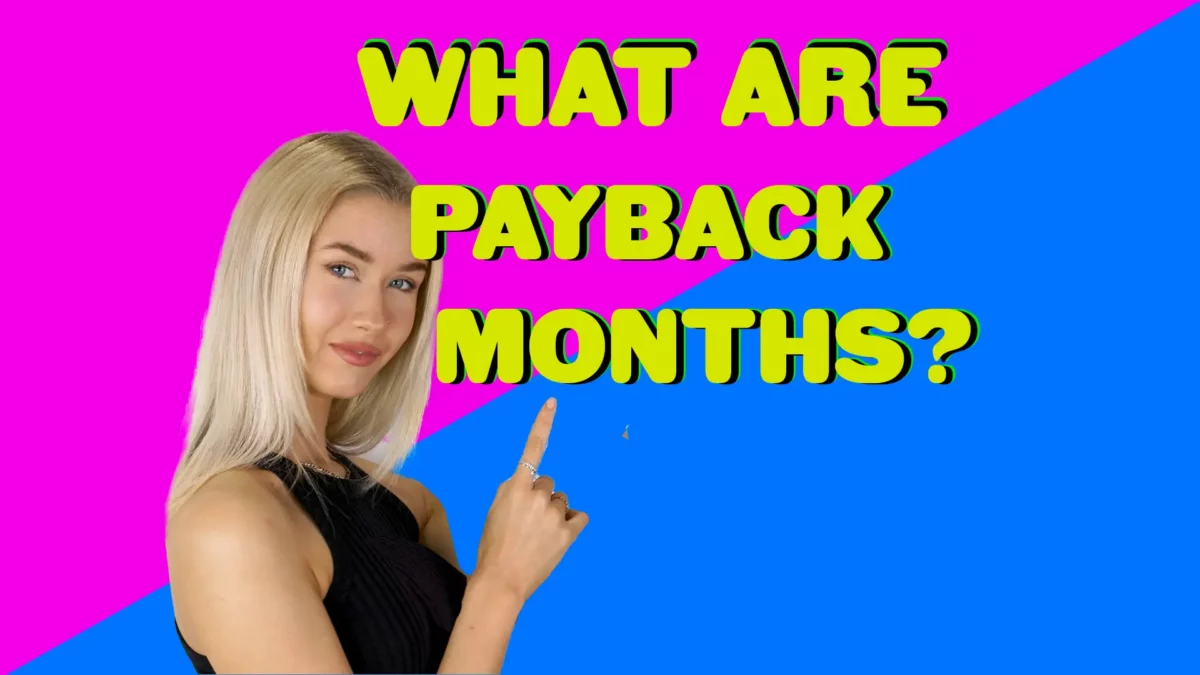Bank Statement Payback Months
What are they? Payback months are the business bank statements for the same months 1 year ago. Lenders use these to help predict your company’s revenues in those months in the current year.
Apply below: for programs that increase approval amounts with strong payback months, but don’t lower offers with weak numbers a year ago.
Data Secure 30 Second Application here.
Call 919-771-4177 for more info.
4 Steps to understanding and handling this request
1. Understand Payback Months.
2. How to analyze your payback months statements .
3. Evaluate your requested amount.
4. Negotiation.
1. Understand Payback Months:
Lenders evaluating a loan request may ask for payback months statements for the previous year. This means they want the same months from 1 year ago that you would pay back any new loan this year. They use to check if you can afford an mca merchant cash advance.
Example #1:
Your business applies for a loan with a business lender. The lender is considering a 6 month loan for a bank statement loan to your business and asks you for payback months.
A 6 month loan will have a payback from March 2021 through August 2021. You will give the lender payback months bank statements from March 2020 through August 2020.
They want to see what your business revenues were for the same months last year. This forecasts what they expect your business to do in revenues during those same months this year.
Seasonal businesses are very susceptible to large swings in revenue during the year and can expect lenders to ask for bank statements from the previous year to compare.
2. How to analyze your payback months statements.
For 6 month loan requests, take the same 6 months from the previous year. Add up the total revenues and divide by 6.
Example:
From March through August of 2020, your company had a total of $120,000 in revenues. The average monthly revenues are $120,000 % 6 = $20,000 per month. Lenders offer 50% to 100% of average monthly revenues for most offers. $20,000 x .5 (50%)= $10,000. $20,000 x 1 (100%) = $20,000.
Offers should be $10,000 to $20,000, but may be less.
3. Evaluate your requested amount
Match your request closely with your business revenues. Do not ask for more than you can qualify for because it could cause an unnecessary decline or delay.
Ask for $20,000 if 50% of your company’s average monthly revenues = $20,000. Don’t ask for $100,000 unless you have assets to leverage for the request.
Do not state any amount and let the lender make an offer as an alternative. Lenders usually make the maximum offer regardless of your request.
4. Negotiate
Maybe your business qualifies for $20,000, but you need $25,000. Should you accept the $20,000? No! Ask for $25,000.
How? Get 2 or 3 offers from different lenders and leverage those offers with each to extract the maximum. Take the offer from 1 lender and show it to the other two.
This way, you are greatly increasing your chances of a better offer. Because 3 lenders have proof of a competing offer, they have more incentive to match and exceed their competitors.
Data Secure 30 Second Application here.
Call 919-771-4177 for more info.
FAQ: Bank Statement Payback Months.
<What are statement Payback Months?
Bank statements for the exact same months last year that lenders are considering a business loan to your company for this year.
Why am I being asked for Payback Months?
Lenders look your sales last year to help them understand if your business could make a new loan payment this year with the same sales.
Can they decline me for low revenue a year ago?
They may. The lender can decide that your business cannot afford the new payments with similar sales from last year. Explain why your sales will be higher for the same period this year, if so.
Conclusion
Understanding and reviewing your bank statement payback months from last year will pay off. Why? First of all, you can help avoid a decline by reviewing last year’s statements. If they are very low, go to another lender.
Also because you will have a better idea how much you qualify for, should ask for, and how to negotiate.
Author Biography: Will Sanio, Owner of SCF Funding, dba SmallBusinessLoansDepot.com, has a Bachelor of Science Degree in Business Administration with a concentration in Finance from the University of Tennessee, Knoxville.
Over 20 Years experience including 10 Years with Wells Fargo, formerly Wachovia Bank and First Atlanta Bank. Specializing in Traditional and Alternative lending.
Follow me and our Videos below!
VIMEO
YOUTUBE
LINKEDIN
TWITTER
https://developers.google.com/profile/u/willsanio
GitHub
StackOveflow
